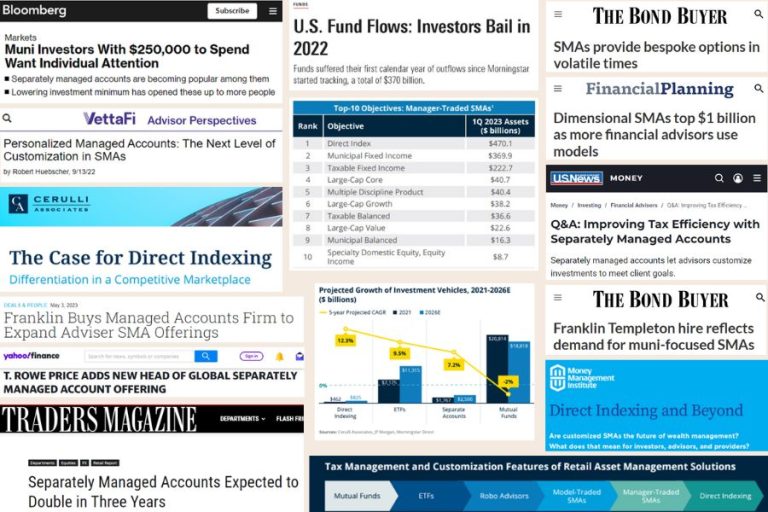The market for public cloud services is on track to balloon to more than $360bn by 2022, according to Gartner estimates. But as this market grows, so too can a business’s costs. Companies seeking to migrate their operations from legacy technology and localized systems to cloud infrastructure are often met with unforeseen costs: a 451 Research survey found that of the 300 financial and IT respondents, 80% reported struggling to adequately manage their cloud spend, while nearly 60% said they were worried about mounting costs and about 70% regularly overshoot their cloud budget by more than a fourth of allocated spend.
Financial Operations, or FinOps, arose from this need for businesses to adequately assess and manage the costs associated with cloud migration. According to the FinOps Foundation, a coalition of 12 cloud and FinOps SaaS providers established this year, FinOps is fundamentally the “idea of combining financial accountability with autonomous team delivery.” The foundation notes that by enabling teams to understand the costs of operating in a cloud environment, FinOps creates an operating model that bridges IT, finance and business teams “the same way that DevOps revolutionized development by breaking down silos and increasing agility,” writing:
FinOps processes enable these teams to operate at high velocity while improving the unit economics of cloud. This shift enables and empowers teams at the edge and allows team members in every part of the business to participate in the process of increasing efficiency, optimizing utilization and reducing spend.
The FinOps Foundation tech partner Cloudability describes this model as best practices that allow cross-functional teams to maintain control of financial control while pursuing cloud deployments, and Amazon’s AWS goes as far as declaring FinOps a “cultural practice” that signifies more than just faster deployment of deliverables. Capitalizing upon this type of cloud service enables companies to maintain fixed and variable costs alike. AWS notes that now delivery teams won’t just be deploying code; they can actually move beyond monitoring the speed and availability of the code to tracking its costs and tweaking it based on performance. This can be used to assess the cost of a code’s cloud infrastructure consumption or even with licensing fees of third parties whose services utilize the code, according to AWS.
There’s a consensus among proponents of this model that FinOps generally includes three phases—inform, optimize and operate—that include providing granular visibility around cloud spend, creating action-based goals like removing services or automating resources and finally refining the business to scale operations and keep on improving.
By showing teams where costs come from, how costs can be redistributed, how to gauge future spend by analyzing real-time metrics and how to reallocate spend across the business, FinOps has the ability to unlock 10%-40% in efficiency gains, according to the Medium channel Better Programming. Citing Bernard Golden, CapitalOne’s cloud strategy director, a CIO Op-Ed likens the economics of cloud migration to Henry Ford’s transformation of the auto industry, writing that “just as Ford must curtail the costs its machines incur in building its cars, enterprises must manage how they spend on cloud software.”
Doing this requires a knowledgeable partner. Connectria notes that to optimize deployments on platforms like AWS or Microsoft Azure, businesses should turn to a dedicated cloud partner with experience building on such platforms and specializing in efficient cloud management. IMTC’s parent company cVation is a Microsoft Gold Partner with a team of more than 80 full-stack engineers dedicated to deploying enterprise software solutions on Azure. As businesses continue migrating to the cloud, companies that partner with innovators like IMTC/cVation can stay ahead of the curve and maximize efficiency by being among early adopters of the FinOps operating model.
This paper is intended for information and discussion purposes only. The information contained in this publication is derived from data obtained from sources believed by IMTC to be reliable and is given in good faith, but no guarantees are made by IMTC with regard to the accuracy, completeness, or suitability of the information presented. Nothing within this paper should be relied upon as investment advice, and nothing within shall confer rights or remedies upon, you or any of your employees, creditors, holders of securities or other equity holders or any other person. Any opinions expressed reflect the current judgment of the authors of this paper and do not necessarily represent the opinion of IMTC. IMTC expressly disclaims all representations and warranties, express, implied, statutory or otherwise, whatsoever, including, but not limited to: (i) warranties of merchantability, fitness for a particular purpose, suitability, usage, title, or noninfringement; (ii) that the contents of this white paper are free from error; and (iii) that such contents will not infringe third-party rights. The information contained within this paper is the intellectual property of IMTC and any further dissemination of this paper should attribute rights to IMTC and include this disclaimer.










